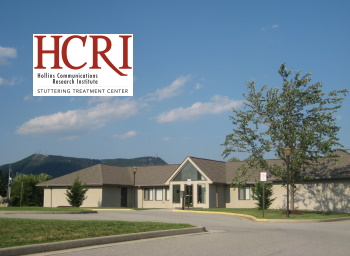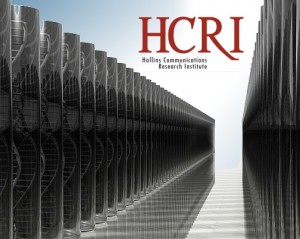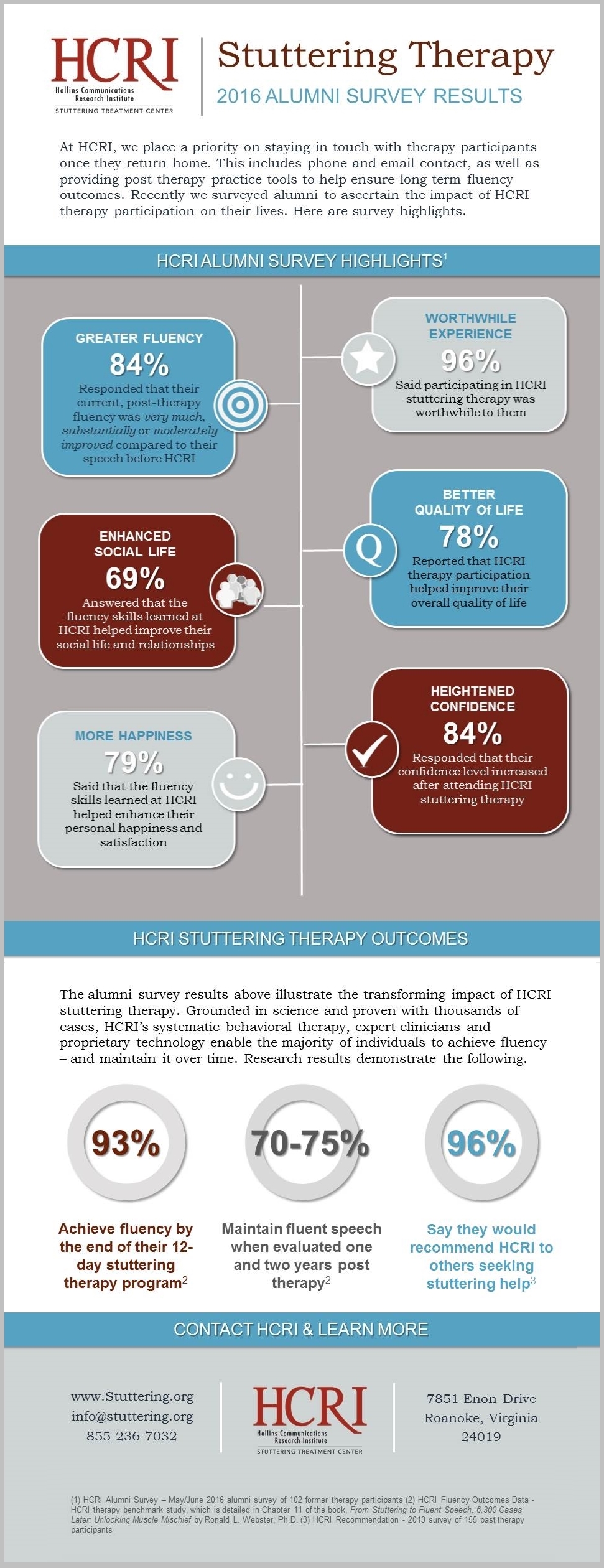In collaboration with a research team from the National Institute on Deafness and Other Communications Disorders (NIDCD), Hollins Communications Research Institute (HCRI) recently published a study to evaluate the effectiveness of the institute’s 12-day, behavioral therapy among a group of stutterers who possess one or more of the mutant genes for stuttering compared to the outcomes of a group of stutterers who do not carry any of the mutant genes.
The abstract is presented below.
Purpose
We sought to determine whether outcomes of therapy for persistent developmental stuttering differ in individuals who carry a mutation in a known stuttering gene compared to individuals without such mutations.
Method
We studied outcomes of an intensive fluency shaping-based therapy program in individuals with persistent developmental stuttering. We evaluated a cohort of 51 stuttering individuals with who carried a mutation in either the GNPTAB, GNPTG, NAGPA, or AP4E1 gene. We compared therapy outcomes in these individuals with outcomes in 51 individuals matched for age, gender, and ethnicity, who underwent the same therapy program and did not carry a mutation in any of these genes.
Fluency pre- and post-therapy was evaluated using blinded observer-based quantitative stuttering dysfluency measures (Dysfluent Words Score, DWS), and by subjects’ self-reported measures of struggle, avoidance and expectancy behavior associated with speaking (Perceptions of Stuttering Inventory, PSI). The difference between pre- and post-therapy fluency scores was taken as the measure of near-term therapy efficacy.
Results
Comparison of fluency measures showed a strong effect of therapy overall. Mutation carriers achieved significantly less resolution in PSI following therapy, with PSI scores showing significantly less improvement in individuals who carry a mutation (RR=1.75, OR=2.92, p = 0.0157). There was a trend toward poorer outcomes in mutation carriers measured by changes in DWS.
Conclusion
These results suggest stuttering is more resistant to therapy in individuals who carry a mutation in one of the known stuttering genes.
. . . . . . . . . . .
Reference: Carlos E. Frigerio-Domingues1, Zoi Gkalitsiou2, Alexandra Zezinka1,#, Eduardo Sainz1, Joanne Gutierrez1, Courtney Byrd2, Ronald Webster3, Dennis Drayna1*. (2019) Genetic factors and therapy outcomes in persistent developmental stuttering. Journal of Communication Disorders, 80, 11-17.
Click for a summary of all HCRI research on the genetics of stuttering >>
About HCRI
Virginia-based HCRI, a 501(c)(3) charitable organization, opened its doors in 1972. Since that time, the insititute has become a leader in stuttering research and the development of innovative, scientifically derived therapy approaches. HCRI clinicians have treated more than 7,000 individuals who stutter. Clients come from all walks of life and include broadcasters, teachers, engineers, musicians, students, doctors, military personnel, business professionals, police officers, actors, a supreme court nominee, and even royalty.
HCRI is located at 7851 Enon Drive, Roanoke, Va. 24019. For more information, visit www.stuttering.org or contact HCRI at (540) 265-5650 or info@stuttering.org.


.jpg)



